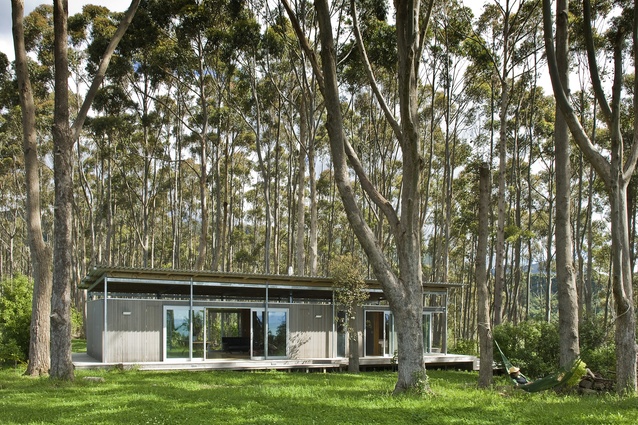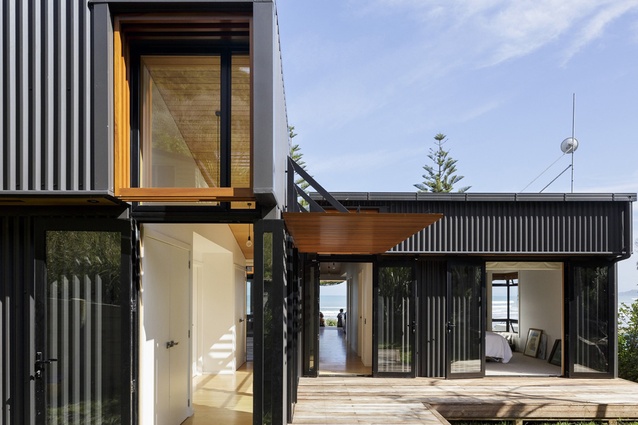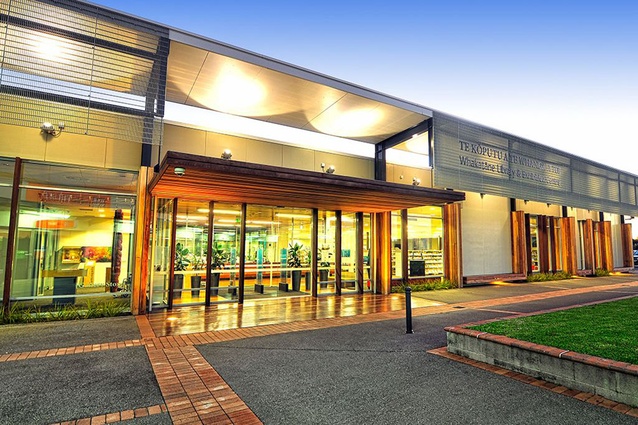Soft Context/Soft Architecture: 8 New Zealand landscapes
Irving Smith Jack Architects will be exhibiting at the 9th International Festival of Architecture and Urbanism in Prague from 17 August to 18 October 2015 at the Convent of Saint George in the historical Prague Castle.
The Nelson-based practice will be “representing the contemporary architecture of New Zealand” with an exhibition entitled Soft Context/Soft Architecture: 8 New Zealand Landscapes.
Festival director Petr Ivanov has set the theme ‘Place’ for the Czech Republic’s 2015 architecture week, which includes a conference and exhibition. Exhibiting architects include Turkish firm, Tabanlioglu Architects, whose recent projects include the International Congress Center in Dakar; and Danish practices: ADEPT, which won the Higher Education award at the World Architecture Festival last year with its Dalama Media Library in Falun, Sweden; and Henning Larsen Architects, best known for its Ministry of Foreign Affairs building in Riyadh, and the Copenhagen Opera House.
Irving Smith Jack has selected eight projects in very different New Zealand landscapes for its exhibition, including four ‘house’ landscapes and four ‘community’ landscapes.
Architect Jeremy Smith of Irving Smith Jack Architects believes that New Zealand is essentially a landscape of many soft contexts. ”It not only is the last land mass to be inhabited but, also, one of the most contemporary and altered landscapes in the world,” he said.
“The change from forest to pasture was undertaken with unrivalled speed, leaving behind less than a quarter of the original forests. Inhabitation has created new sensitivities to our physical and community landscapes. The devastating Canterbury earthquakes in 2010 and 2011 provided further displacement, reminding New Zealanders about the importance of originality and place.”
He adds, “Soft architecture looks to better understand what we have and what is needed, before making new context. It seeks to give, rather than draw attention, to make the unfamiliar familiar and participate in soft context. Soft architecture might be within remote or urban landscapes. It may look to inhabit sensitive landscapes, extend locally sourced materials, re-inhabit abandoned sites, or better equip buildings for seismic events. Soft architecture participates in ‘place’.”
Irving Smith Jack Architect’s house landscapes are:
- offSET Shed House, sited in a surfing community north of Gisborne
- Alexandra Tent House in the wilderness landscape of Alexandra
- Bach with Two Roofs, which occupies a eucalypt forest in Golden Bay
- Mountain Range House, a rural enclosed verandah in Brightwater.
Its four community landscapes are:
- Te Koputu a te Whanga a Toi, Whakatane, a community library and exhibition gallery built from an abandoned retail space
- Mapua Park Structures, Mapua, a remediation project on one of NZ’s most contaminated sites, following chemical fertilizer manufacturing
- NMIT Arts and Media, Nelson, which offers de-institutionalised community art education in the world’s first post-tensioned, multi-storeyed timber structure building
- Lucas House, a ‘Generation II’ timber structure in Nelson and one of a family of damage-avoidance seismic structures made affordable after the Canterbury earthquakes.
For more information see festival website.













